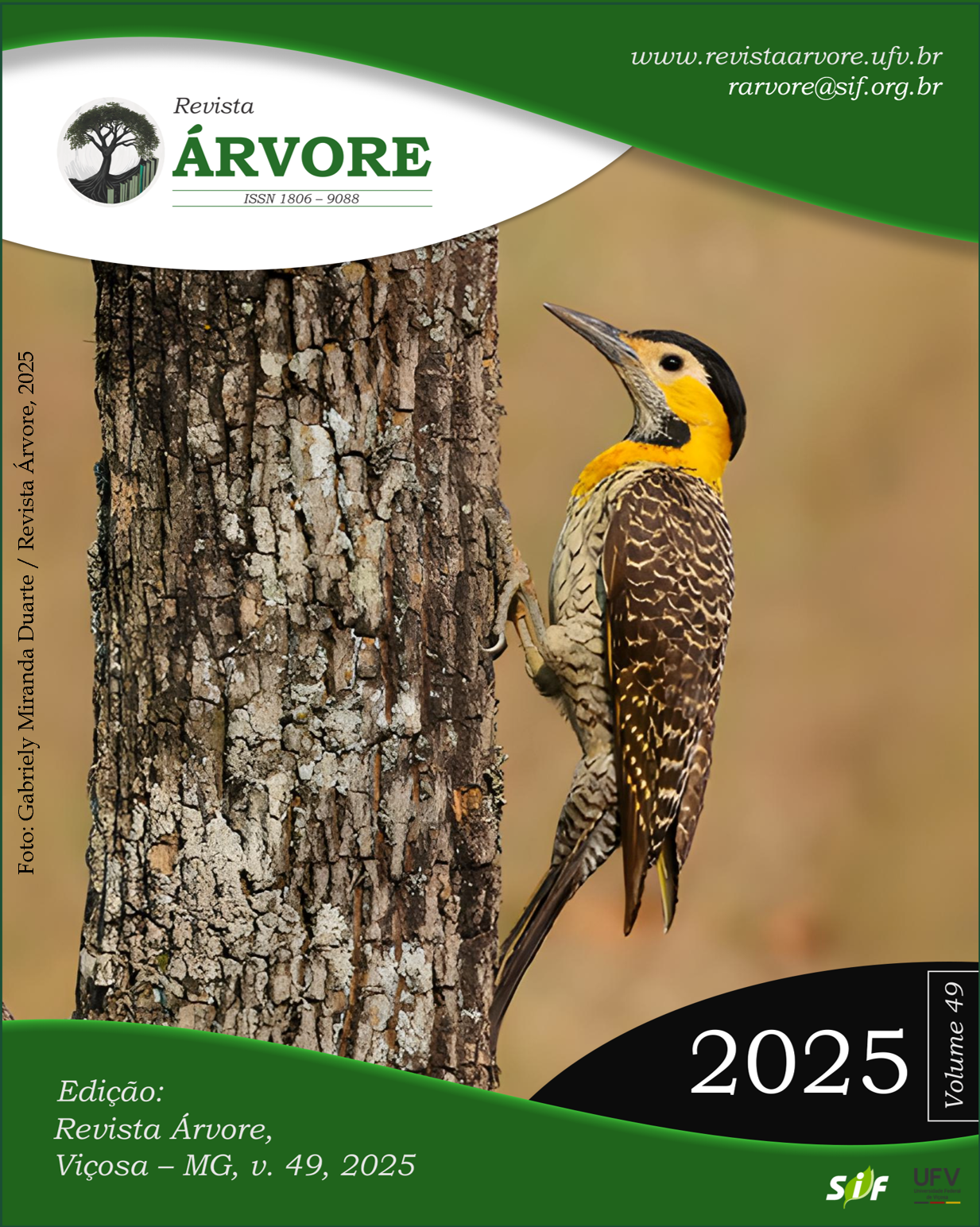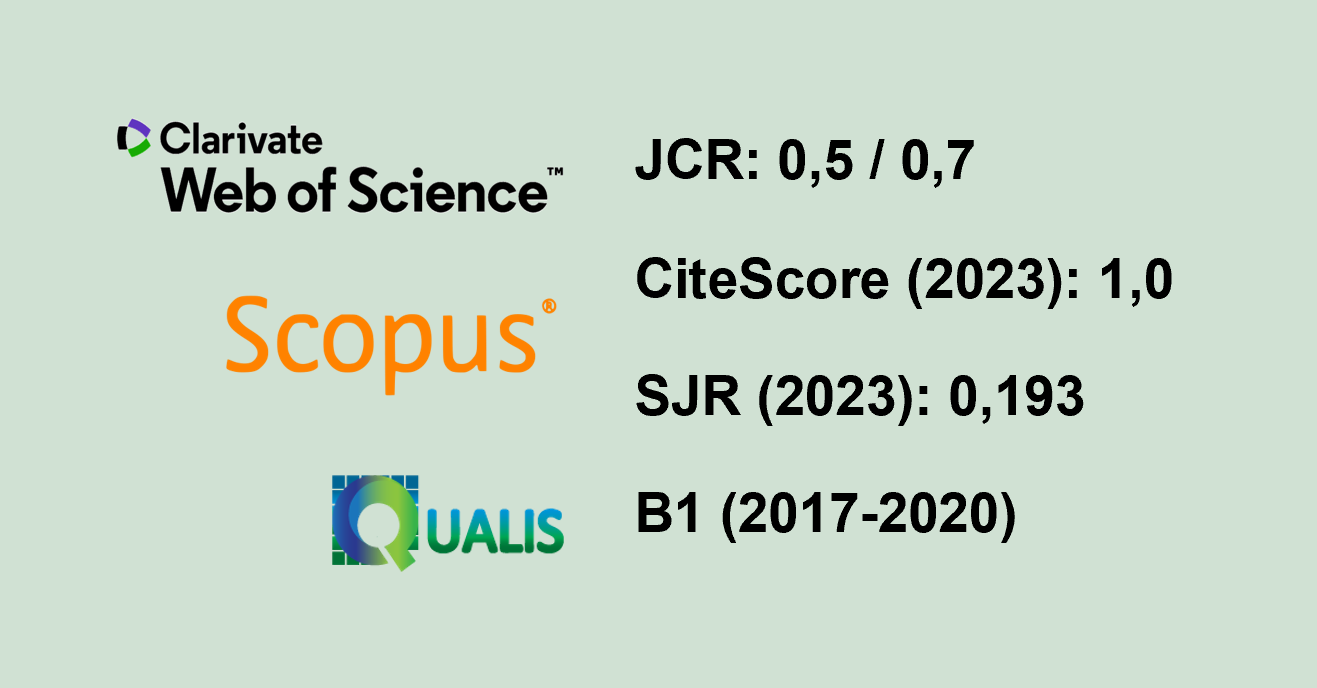Light and sucrose in the micropropagation of clones of Eucalyptus benthamii and Eucalyptus dunnii
DOI:
https://doi.org/10.53661/1806-9088202549263884Keywords:
In vitro propagation, Photoautotrophy, Vegetative propagation, In vitro cultivationAbstract
In photoautotrophic propagation systems, light quality and sucrose concentration are fundamental factors in the success of the technique, which aims to make the micropropagated plant more suitable for ex vitro acclimatization. The aim of this study was to evaluate the influence of different light conditions and sucrose concentrations on the in vitro multiplication and elongation of two clones of Eucalyptus benthamii and two clones of Eucalyptus dunnii. Four lighting conditions were tested: Light-emitting diode (LED) lamps emitting waves in the white spectrum (130 μmol m-2 s -1), Red and Blue LED 3:1 (80 μmol m-2 s -1) and fluorescent lamps at two intensities 100 and 64 μmol m-2 s-1, under two sucrose concentrations, 0 and 30 g. L-1, in the J. benthamii and Eucalyptus dunnii culture medium. L-1, in the JADS culture medium in two clones of E. benthamii and two clones of E. dunnii, kept in flasks (250 ml capacity) sealed with polypropylene lids and a gas exchange rate of 14 μL L-1 s-1. At 30 days into the experiment, during the multiplication stage, the number of shoots, the size of the largest shoot, the quantification of total chlorophyll and carotenoids were assessed. All the light sources tested stimulated the development of the clones, except for fluorescent light with an intensity of 64 μmol m-1 s-1, which affected the number and length of the shoots. Sucrose increased the multiplication and elongation of eucalyptus shoots, and the combination of white LED and 30 g. L-1 of sucrose resulted in higher levels of total chlorophyll and carotenoids.
Keywords: In vitro propagation; Photoautotrophy; Vegetative propagation; In vitro cultivation
Downloads
Published
How to Cite
Issue
Section
License
Copyright (c) 2025 Revista Árvore

This work is licensed under a Creative Commons Attribution 4.0 International License.
All authors agreed to submit the work to Revista Árvore and granted the exclusive license to publish the article. The authors affirm that it is an original work and has not been previously published elsewhere. The scientific content and opinions expressed in the article are the sole responsibility of the authors and reflect their opinions, not necessarily representing the opinions of the editorial board of Revista Árvore or of the Society of Forest Investigations (SIF).








